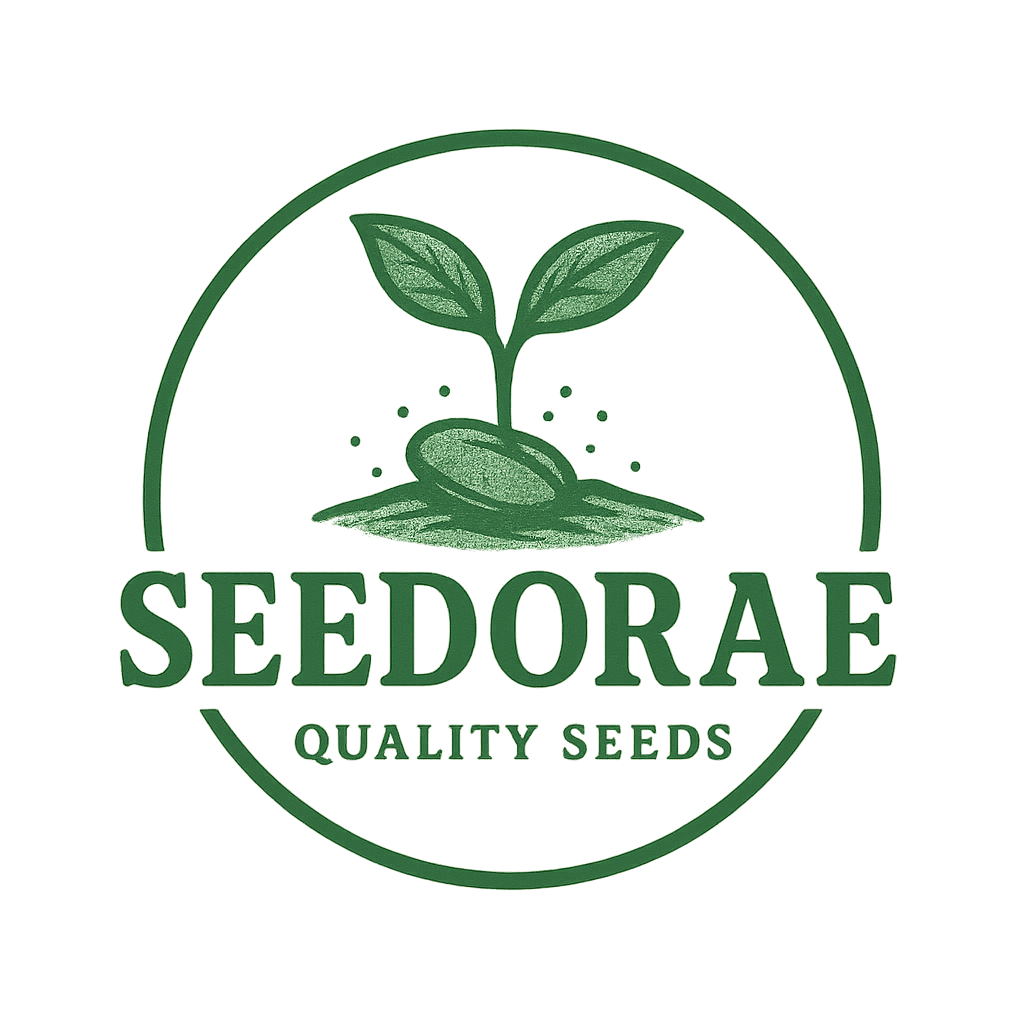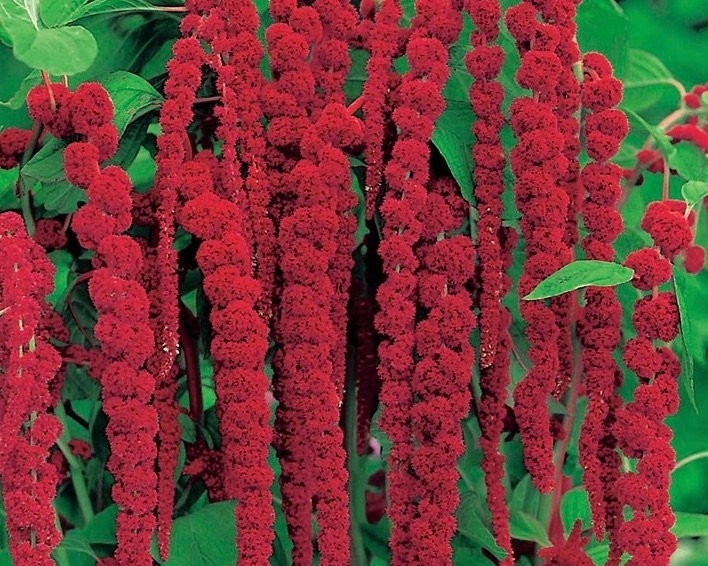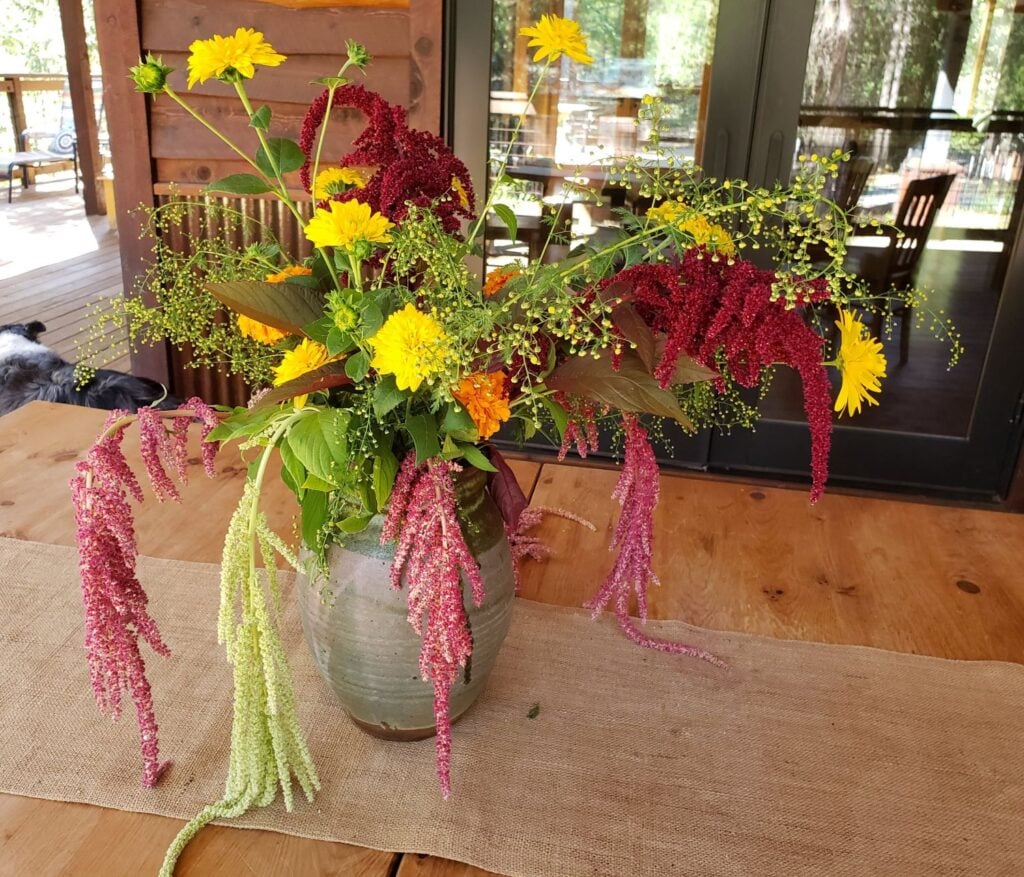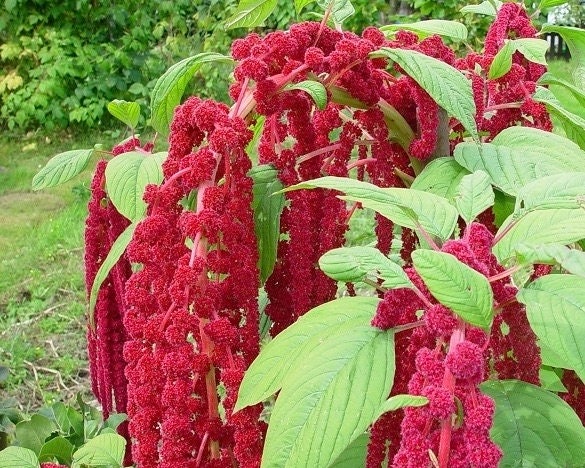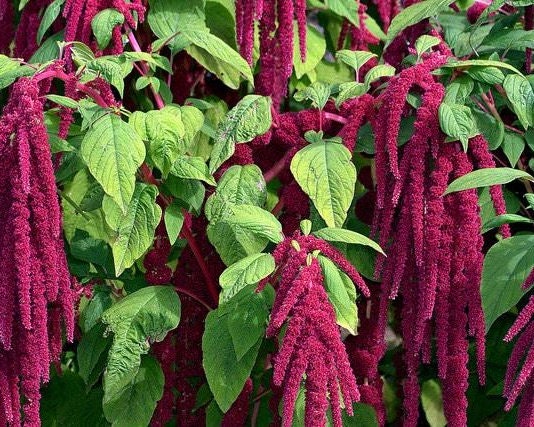What are you looking for?
Search
Plant Type: Amaranth (Amaranthaceae)
Variety: 'Love Lies Bleeding,' also known as Dark Red-Pink Amaranth Seeds.
Flower Color: Dark red to pink.
Plant Characteristics: This distinguished amaranth variety, part of the Amaranthaceae family, boasts an upright growth with cascading inflorescence in shades of dark red to pink. Poetically named "Love Lies Bleeding," it conveys a sense of beautiful and profound love.
Meaning: The name 'Love Lies Bleeding' captures the cascading form of its inflorescence, evoking contemplation and a touch of melancholy. Symbolically, the color and shape of the flowers express love, passion, and emotion.
In summary, this amaranth variety is a captivating choice for gardens, offering not only unique aesthetics but also a poetic representation of love and emotion.
Growth Habit: Upright growth up to 8 feet with round to heart-shaped leaves and draping flower clusters. Taller plants may benefit from stakes for support.
Sun Requirements: Full sun, thriving in hot, humid conditions.
Soil Preference: Average, well-drained soil.
When to Plant: Direct seed in late spring after the risk of frost has passed OR start indoors 4-6 weeks before the last frost date.
How to Plant:
Direct Sow: Plant seeds in soil, ⅛” deep, covering lightly as the seed needs light to germinate. Keep soil moist until germination (10-14 days). Thin young plants 1-2 feet apart.
Transplant: Sow seeds in containers ⅛” deep, covering lightly. Keep soil moist until germination (10-14 days). Transplant after the risk of frost, spacing young plants 1-2 feet apart.
When to Harvest:
- Harvest baby leaves as microgreens.
- Pick tender green leaves once the plant reaches at least 1 foot.
- Cut flowers when nearly fully open through summer and into fall.
- Harvest seeds when they ripen in late summer to early fall.
How to Harvest:
- Cut baby leaves or pick mature tender greens as needed.
- Cut flowers on long stems, removing lower leaves to prevent premature wilt.
- Cut seed heads and bundle them to dry indoors in a dark, dry space. Knock the bundles inside paper bags to easily gather seeds.
Uses: Amaranth is versatile with edible leaves, flowers, and seeds. Enjoy baby leaves as microgreens, larger leaves as a tender cooked green, and seeds as a high-protein, gluten-free grain or flour. The mature, drapey flowers also make beautiful additions to fresh cut flower arrangements. Additionally, this plant is used as a dye plant by the Hopi people.
Seize the opportunity to cultivate beauty and love in your garden! 🌸✨

💖At Starryglade, we believe in the extraordinary power of small actions. With our "Seeds of Hope" campaign, your shopping experience takes on a whole new meaning.
💖Embark on a shopping experience with purpose! For each purchase, $1 will be donated to UNICEF — an initiative that plants seeds of hope in the lives of children worldwide. Join us in cultivating positive change while enjoying quality products.
💖Your purchase not only brings you exceptional products but also contributes to essential programs that support children's health, education, and well-being. Together, we are sowing the seeds of a better future.
💖 Make your shopping matter. Choose quality, choose compassion.
🤝 Thank you for being a part of our Seeds of Hope Campaign!
✅Payments Via PayPal®, Credit and Debit Card.



📦 Insured Worldwide Shipping: Each order includes real-time tracking details and insurance coverage in the unlikely event that a package gets lost or stolen in transit.
💰 Money-Back Guarantee: If your items arrive damaged or become defective within 30 days of normal usage, we will gladly issue out a replacement or refund.
✉️ 24/7 Customer Support: We have a team of live reps ready to help and answer any questions you have within a 24-hour time frame, 7 days a week.
🔒 Safe & Secure Checkouts: We use state-of-the-art SSL Secure encryption to keep your personal and financial information 100% protected.

